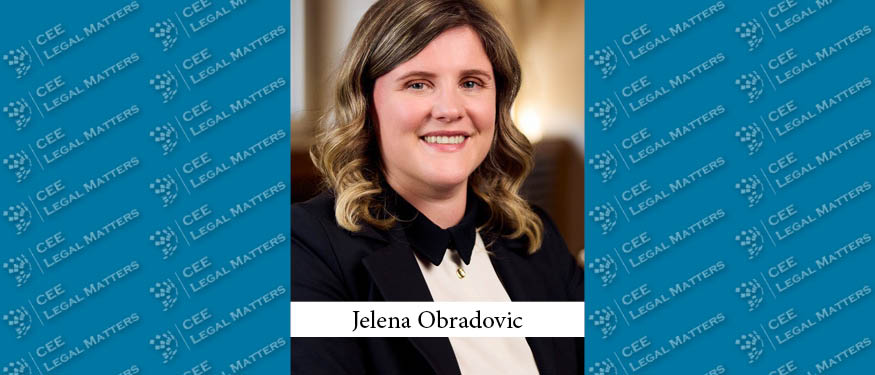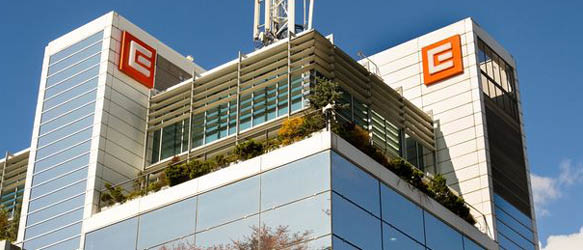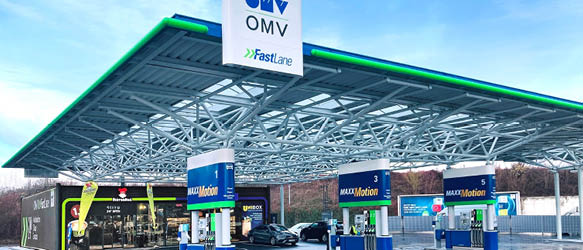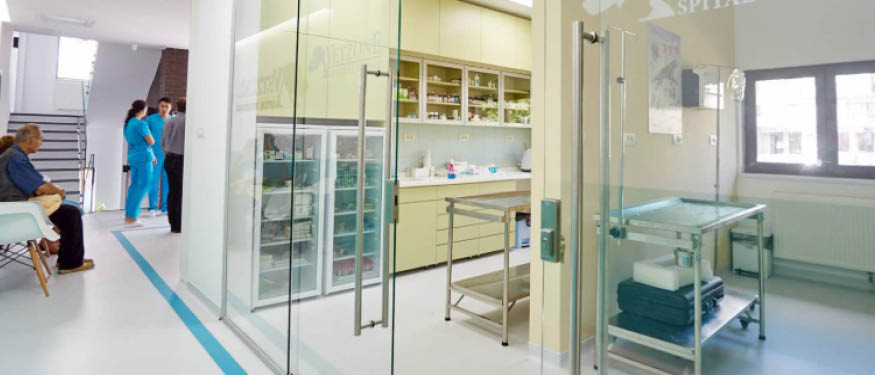Latvia’s commercial real estate market saw a high volume of transactions in the past few years, involving shopping centers, stores, offices, and other types of properties. Cobalt Managing Partner Dace Silava-Tomsone, Ellex Klavins Partner Ilga Gudrenika-Krebs, and BDO Law Head of Legal Raivis Leimanis chart the market’s performance in a foggy 2022.
Stormy Seas
“2021 was a record year for real estate investment volume in Latvia, with Latvia being the leader in the Baltics,” Silava-Tomsone says. “Annual investments compared to 2020 had doubled, as the COVID-19 pandemic began to move towards its endemic phase,” Leimanis agrees, adding that “in 2021, the volume of commercial real estate investments in the whole Baltic region amounted to EUR 1.6 billion, of which Latvia’s share was 43% – leading among the Baltic states.”
“The beginning of 2022 was still strong but, once Russia started a war in Ukraine, some investors postponed their plans to invest in Latvia due to increasing uncertainty and geopolitical risks,” Silava-Tomsone notes, with “the total investment volume in Latvia decreasing significantly in 2022.” For Leimanis, “2022 has been a cold shower for the optimism that existed in 2021.”
Gudrenika-Krebs emphasizes that Latvia could technically be called “a buffer zone between Russia and Europe because Latvia has a long enough border with Russia and also Belarus.” Consequently, Silava-Tomsone notes “the number and volume of new development projects continue to dry out as a result of increased construction costs, growing utility costs, and overall market uncertainty, while the already started development projects are delayed.” Still, she says that “real estate remains an attractive investment compared to other asset classes, as investors want to shield themselves against inflation, while others want to sell due to the rapid growth of property maintenance costs.”
Seasoned Investors
Among those still interested in Latvian commercial real estate, “most of the interest comes from investors that are already familiar with Latvia or the Baltics and have invested here before,” Silava-Tomsone says, adding that “currently more than half of investments are coming from Baltic investors, i.e., funds, developers, and industrial investors.” According to her, “funds still have an abundance of cash that needs to be placed, while seasoned developers have a long-term view and are generally optimistic of the eventual recovery of the market, and industrial investors look to satisfy the needs for expansion of their primary operations.”
“Historically, the majority of investors came from neighboring locations – Scandinavia, CIS countries, including Russia, Estonia, and Lithuania,” Leimanis adds. “Due to geopolitical circumstances, the interest and ability of Russian and Belarusian investors to invest in this region have decreased.” He notes that “foreign investors have become more reticent, leading to an increase in the share of domestic investors.” He further highlights that “bank financing is still the most convenient source of funding, despite the gradually rising interest rates, but, given the decreased risk appetite of banks, developers and investors face difficulties in attracting it, and naturally pay more interest to alternative financing options, such as attracting professional investors, crowdfunding platforms, or state support programs.”
Safe Harbors
In 2022, specific commercial real estate assets have been particularly attractive for investors. According to Silava-Tomsone and Leimanis, investments in the retail, industrial, and office sectors are driving the market.
“The main commercial assets were retail,” Leimanis says, highlighting that “significant inertia on the retail market is provided by Lidl and SPAR’s construction and planning of new stores in Latvia. For example, in the next five years, SPAR plans to open 200 stores.” According to him, as the pandemic subsides, “consumers become more active, so the retail sector has also used this opportunity to increase its turnover.” For Silava-Tomsone, “although there is a shortage of potential tenants and new brand names, and some retailers are being forced to break lease agreements and close non-profitable stores, there is still a strong interest for investing into retail as cash-flow objects during a high-inflation period.”
Silava-Tomsone says “the industrial sector is also very active, due to the low supply of new premises, increasing demand for modern logistics space, and supply chain disruptions. The area around Riga Airport has been highly desirable this year.” Gudrenika-Krebs also feels that “the demand for logistics facilities considerably grew during the COVID-19 period, and continued this year, both in terms of putting logistics facilities into operation and transferring ownership, as well as the acquisition of lands for potential development thereof.”
Silava-Tomsone and Leimanis additionally note that investors are interested in energy-efficient office buildings. “The office sector is facing a return stage as the pandemic has eased, but we see a different tone in demand: the demand for space has almost recovered within Class A office properties, as attention to sustainable buildings, the green economy, and energy saving issues is growing, while the demand for the older stock is lower,” Silava-Tomsone points out.
Finally, Leimanis and Gudrenika-Krebs highlight that, in 2022, there has been a high interest in real estate investments for energy projects. “There is a solid activity of energy-sector investments in real estate for the purpose of developing solar parks,” Leimanis notes. “The government is trying to boost the economy with its legal framework and to accomplish the arrangement of the energy sector,” Gudrenika-Krebs agrees. “It does directly affect the real estate market in such segments as wind turbine parks, solar parks, and various infrastructure facilities.”
Changing Tack
Considering the current context, “the market activity will be significantly influenced by the conclusions made after the first winter in the new geopolitical conditions,” Leimanis notes. “Whether or not we are ready to admit it,” Gudrenika-Krebs says, “there will definitely be projects that will be suspended or frozen, and even projects where insolvency will be petitioned.”
“Investors will look for energy-efficient investment objects,” Silava-Tomsone adds. “At the same time, investors will have to face high loan interest rates, which are expected to place pressure on the real estate investment volumes and development activity in Latvia in 2023.”
Leimanis says there likely will be changes in the retail sector: “the retail sector must expect a decrease in its ability to deliver a high turnover, given that consumer habits are changing, indicating a more socially responsible and frugal behavior.”
Ultimately, Gudrenika-Krebs points to a shift in perspective, as the housing market might see some positive developments. “The state is trying to stimulate the housing market,” especially since “a high proportion of residents live in outdated buildings from the Soviet era,” she notes. “That means the construction of new apartments is necessary for this sector, or else, renovation where it is feasible. The legislative act on rent promulgated a year ago, has provided an incentive for the development of the rental market.” Accordingly, she believes that 2023 “promises to be challenging, while extremely interesting at the same time, with a growing activity in those segments which were not active previously.”
This article was originally published in Issue 9.12 of the CEE Legal Matters Magazine. If you would like to receive a hard copy of the magazine, you can subscribe here.
















